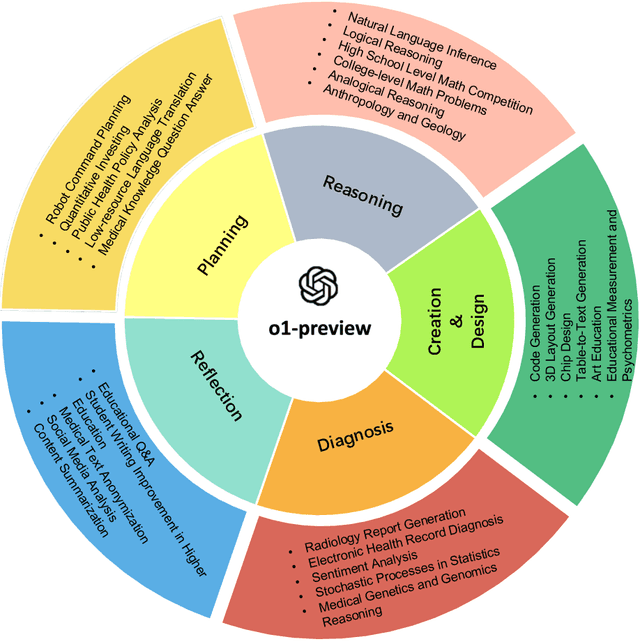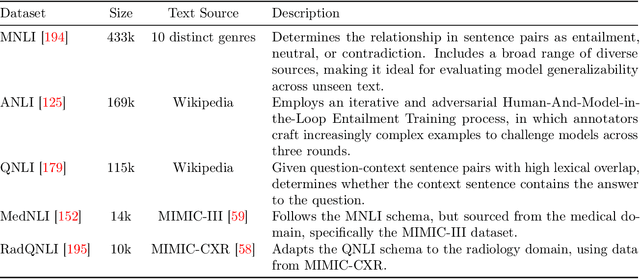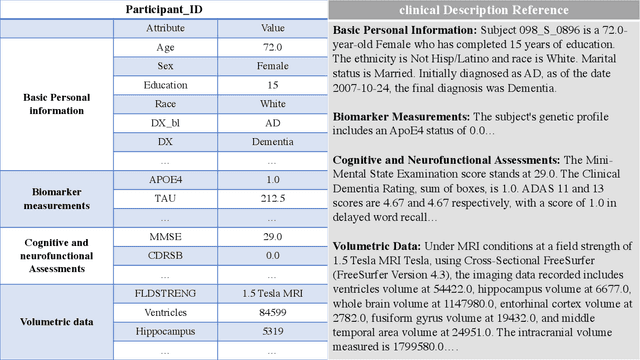Ruidong Zhang
Opportunities and Challenges of Large Language Models for Low-Resource Languages in Humanities Research
Dec 09, 2024Abstract:Low-resource languages serve as invaluable repositories of human history, embodying cultural evolution and intellectual diversity. Despite their significance, these languages face critical challenges, including data scarcity and technological limitations, which hinder their comprehensive study and preservation. Recent advancements in large language models (LLMs) offer transformative opportunities for addressing these challenges, enabling innovative methodologies in linguistic, historical, and cultural research. This study systematically evaluates the applications of LLMs in low-resource language research, encompassing linguistic variation, historical documentation, cultural expressions, and literary analysis. By analyzing technical frameworks, current methodologies, and ethical considerations, this paper identifies key challenges such as data accessibility, model adaptability, and cultural sensitivity. Given the cultural, historical, and linguistic richness inherent in low-resource languages, this work emphasizes interdisciplinary collaboration and the development of customized models as promising avenues for advancing research in this domain. By underscoring the potential of integrating artificial intelligence with the humanities to preserve and study humanity's linguistic and cultural heritage, this study fosters global efforts towards safeguarding intellectual diversity.
Evaluation of OpenAI o1: Opportunities and Challenges of AGI
Sep 27, 2024



Abstract:This comprehensive study evaluates the performance of OpenAI's o1-preview large language model across a diverse array of complex reasoning tasks, spanning multiple domains, including computer science, mathematics, natural sciences, medicine, linguistics, and social sciences. Through rigorous testing, o1-preview demonstrated remarkable capabilities, often achieving human-level or superior performance in areas ranging from coding challenges to scientific reasoning and from language processing to creative problem-solving. Key findings include: -83.3% success rate in solving complex competitive programming problems, surpassing many human experts. -Superior ability in generating coherent and accurate radiology reports, outperforming other evaluated models. -100% accuracy in high school-level mathematical reasoning tasks, providing detailed step-by-step solutions. -Advanced natural language inference capabilities across general and specialized domains like medicine. -Impressive performance in chip design tasks, outperforming specialized models in areas such as EDA script generation and bug analysis. -Remarkable proficiency in anthropology and geology, demonstrating deep understanding and reasoning in these specialized fields. -Strong capabilities in quantitative investing. O1 has comprehensive financial knowledge and statistical modeling skills. -Effective performance in social media analysis, including sentiment analysis and emotion recognition. The model excelled particularly in tasks requiring intricate reasoning and knowledge integration across various fields. While some limitations were observed, including occasional errors on simpler problems and challenges with certain highly specialized concepts, the overall results indicate significant progress towards artificial general intelligence.
SeamPose: Repurposing Seams as Capacitive Sensors in a Shirt for Upper-Body Pose Tracking
Jun 17, 2024



Abstract:Seams are areas of overlapping fabric formed by stitching two or more pieces of fabric together in the cut-and-sew apparel manufacturing process. In SeamPose, we repurposed seams as capacitive sensors in a shirt for continuous upper-body pose estimation. Compared to previous all-textile motion-capturing garments that place the electrodes on the surface of clothing, our solution leverages existing seams inside of a shirt by machine-sewing insulated conductive threads over the seams. The unique invisibilities and placements of the seams afford the sensing shirt to look and wear the same as a conventional shirt while providing exciting pose-tracking capabilities. To validate this approach, we implemented a proof-of-concept untethered shirt. With eight capacitive sensing seams, our customized deep-learning pipeline accurately estimates the upper-body 3D joint positions relative to the pelvis. With a 12-participant user study, we demonstrated promising cross-user and cross-session tracking performance. SeamPose represents a step towards unobtrusive integration of smart clothing for everyday pose estimation.
 Add to Chrome
Add to Chrome Add to Firefox
Add to Firefox Add to Edge
Add to Edge